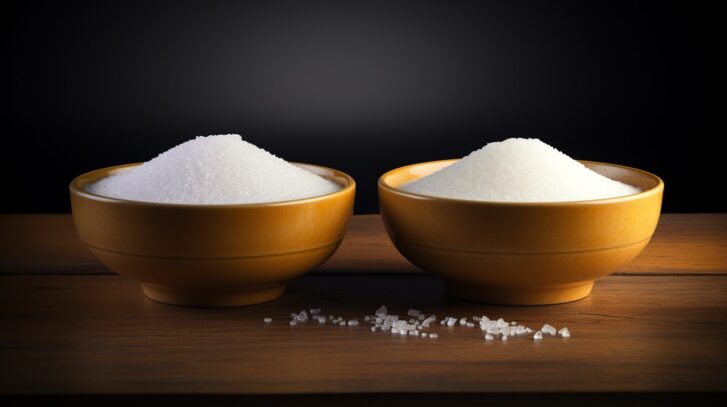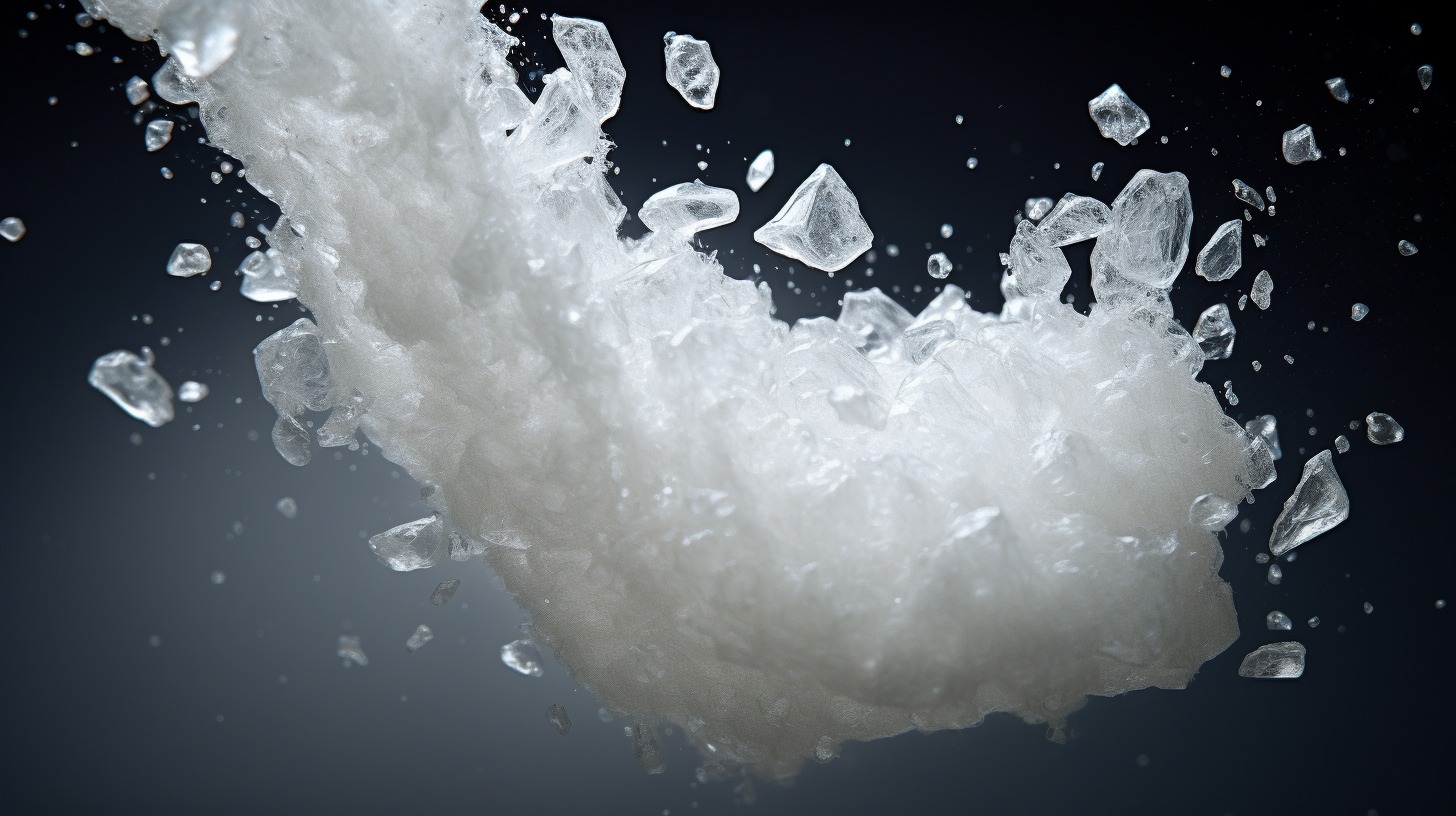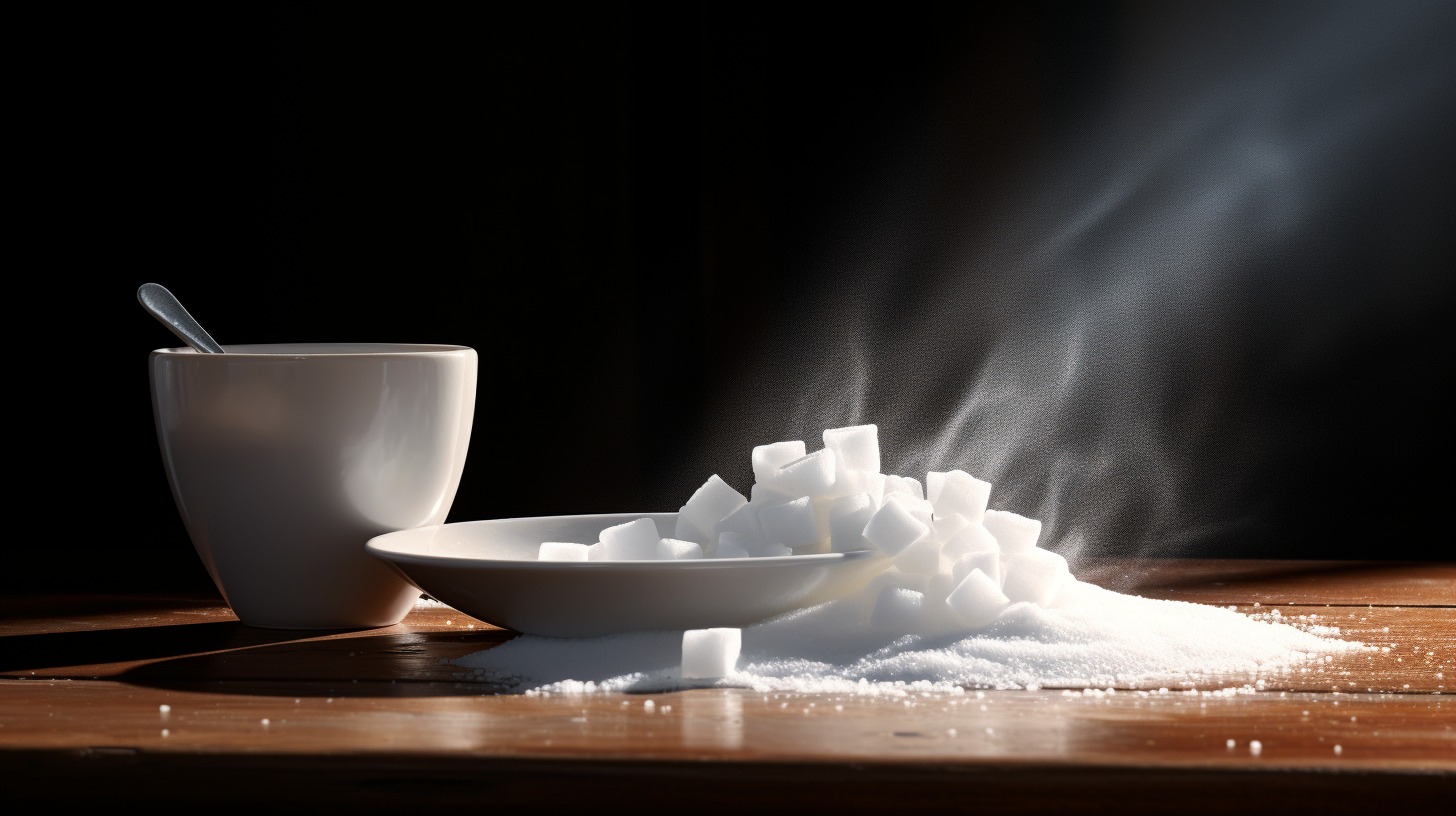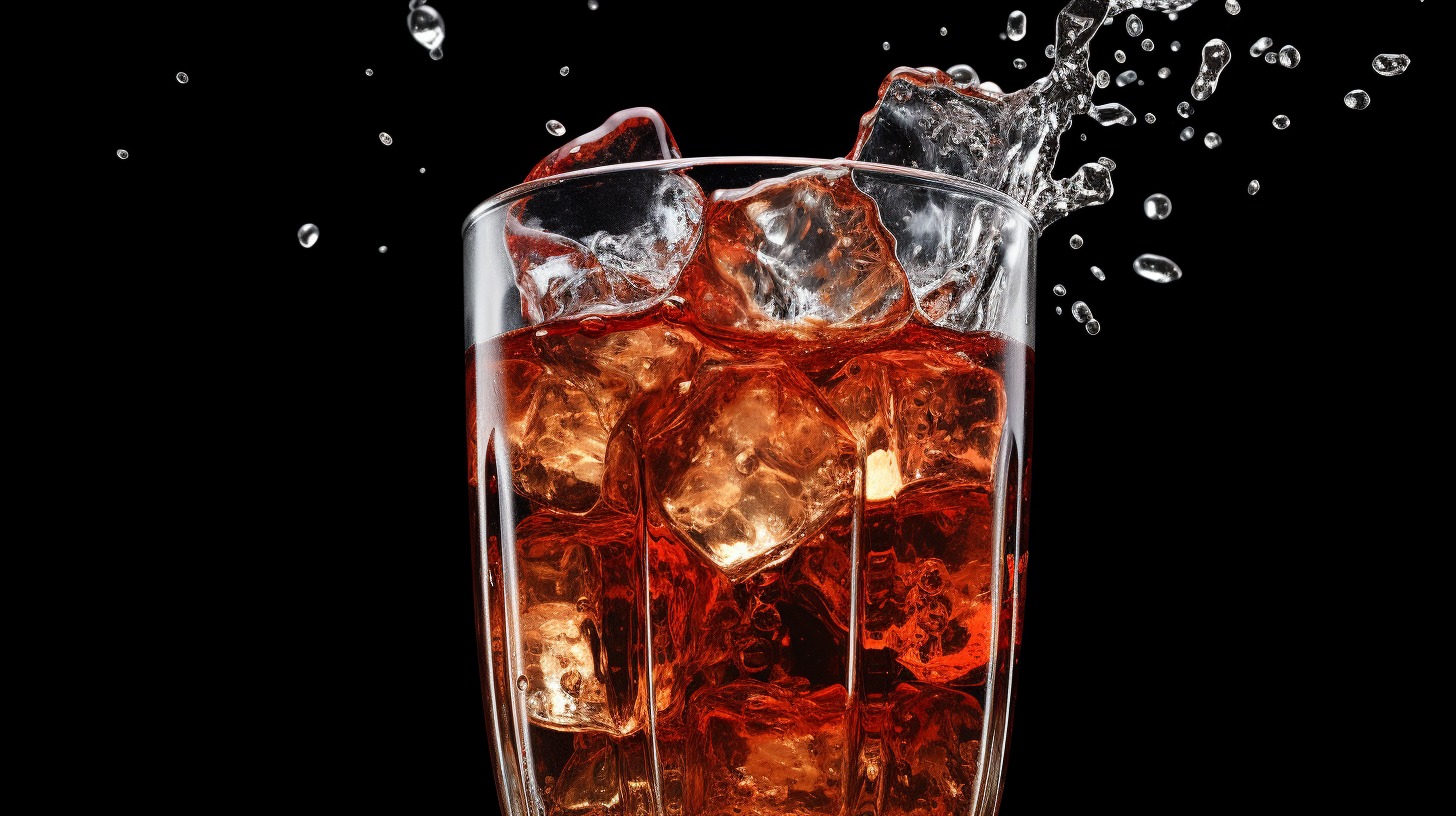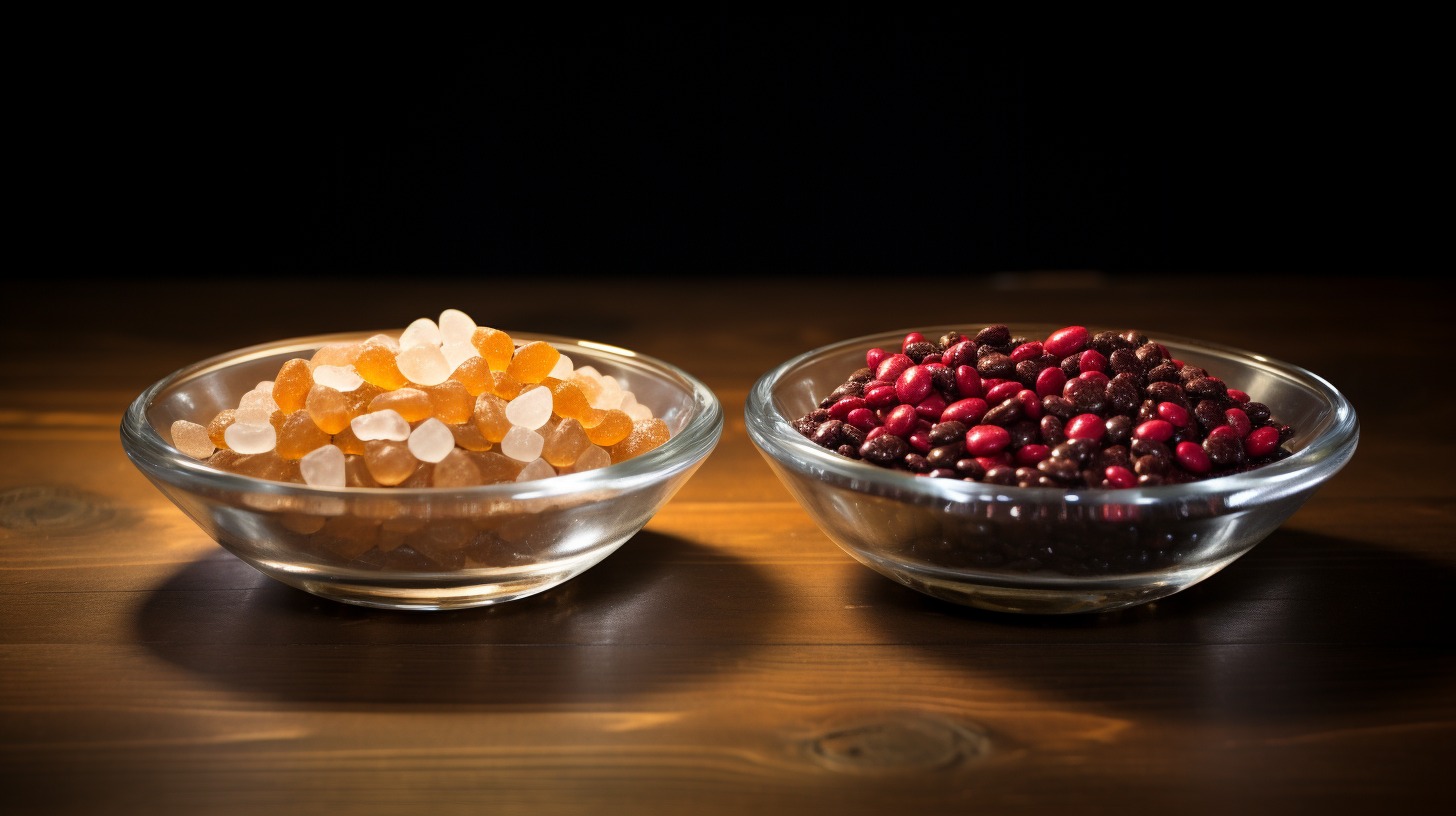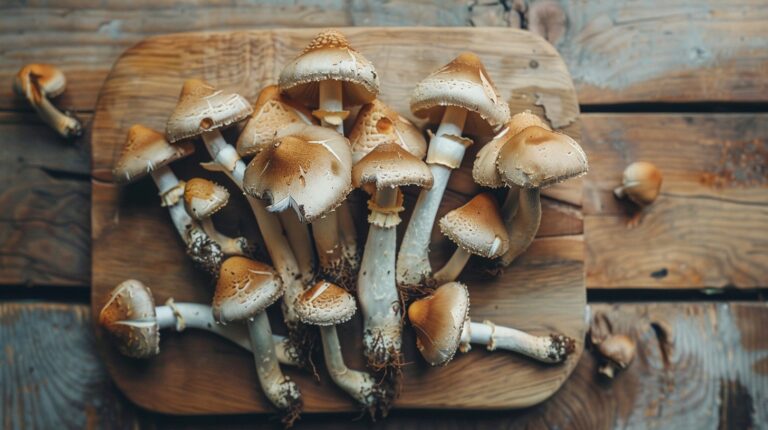I’ve committed years to studying sugar substitutes, understanding their chemical makeup, health implications, and their role in our daily diets.
Today, I want to share my insights on two of the most widely used artificial sweeteners: Saccharin and Sucralose. These sweeteners have been staples in many households and food industries for years, each with its unique properties and uses.
Today, I want to provide you with what I’ve gathered on saccharin and sucralose and compare these two and how they act as sugar alternatives.
Chemical Composition and Properties
First, we want to address the composition and properties of these two.
Saccharin
Saccharin is a sulfa-based compound that is approximately 300-400 times sweeter than sugar. This remarkable sweetness is attributed to its unique chemical structure, which allows it to stimulate the sweet taste receptors on the tongue far more intensely than regular sugar.
Saccharin is known for its exceptional stability under heat and in acidic conditions, making it a versatile sweetener in a variety of food products, including baked goods, canned fruit, and soft drinks.
| Property | Description |
|---|---|
| Empirical Formula | C7H5NO3S |
| Molar Mass | 183.18 g/mol |
| Appearance | White crystals |
| Melting Point | 229–230 ºC |
| Water Solubility | 3.45 g/L |
| Stability | Stable under heat and acidic conditions |
One of the notable drawbacks of Saccharin is its chemical structure, which is responsible for a metallic or bitter aftertaste, particularly noticeable at higher concentrations. This aftertaste is often described as somewhat unpleasant and can linger in the mouth, which has historically affected its popularity.
To mitigate this, Saccharin is frequently blended with other sweeteners, such as Aspartame or even natural sweeteners like Stevia leaves, to improve its taste profile while maintaining its low-calorie benefits.
Sucralose
Sucralose is a chlorinated sugar derivative. It stands out for being approximately 600 times sweeter than sugar, a characteristic that has made it extremely popular in the food industry.
The secret to Sucralose’s intense sweetness lies in its chemical modification; specific hydroxyl groups in the sugar molecule are replaced with chlorine atoms. This alteration not only intensifies its sweetness but also ensures that Sucralose is not metabolized by the human body, thus contributing no calories to the diet.
| Property | Description |
|---|---|
| Chemical Formula | C12H19Cl3O8 |
| Molecular Weight | 397.6 g/mol |
| Appearance | White to off-white, crystalline powder |
| Melting Point | 130 °C |
| Solubility | Freely soluble in water, methanol, and ethanol; slightly soluble in ethyl acetate |
| Optical Rotation | [α]D/20 + 84,0° to + 87,5° calculated on the anhydrous basis (10 % w/v solution) |
| Stability | Stable to heat over a wide range of pH |
Sucralose is free from any bitter or metallic aftertaste, making it highly desirable for use in a wide range of food products. Its stability under heat is another significant advantage, allowing it to retain its sweetness during cooking and baking processes.
This makes Sucralose an ideal sweetener for a variety of culinary applications, from sweetening hot beverages to creating desserts and baked goods.
Sweetness and Taste Profile
The sweetness levels of Saccharin and Sucralose far exceed that of natural sugar, but their taste profiles are markedly different. Saccharin, while providing intense sweetness, is often accompanied by a bitter or metallic aftertaste, especially when used in high concentrations.
This has led to innovative approaches in the food industry, where Saccharin is combined with other sweeteners to mask the aftertaste while still benefiting from its low-calorie sweetness. Sucralose, in contrast, is widely preferred for its absence of any aftertaste, closely mimicking the sweetness profile of sugar.
This quality makes Sucralose a more favorable option in applications where the aftertaste is a concern, such as in sweetening beverages, desserts, and sauces.
Its versatility and favorable taste profile have contributed to its growing popularity in both home kitchens and commercial food production, offering a sweetening solution that aligns with the increasing demand for healthier, low-calorie food options.
Health and Safety
Saccharin’s safety has been a topic of debate. Early studies in rats suggested a link to bladder cancer, leading to a scare and a warning label requirement, which was later removed as subsequent research in humans showed no clear evidence of carcinogenicity.
It is still advised to be consumed within the Acceptable Daily Intake (ADI) limits. Sucralose, considered safe by the FDA, has been extensively studied. While initial concerns were raised about its potential impact on the thymus gland, later studies have not supported these claims.
Research indicates that Sucralose does not have significant effects on blood glucose and insulin levels, making it a suitable option for diabetics. However, like any artificial sweetener, moderation is key.
Usage in Foods and Beverages
Saccharin, a veteran in the world of artificial sweeteners, has been a common ingredient in various food products for decades.
Its presence extends to:
- Baked Goods: Saccharin’s heat stability makes it an excellent choice for baking. It is often used in cakes, cookies, and pastries, where it provides the desired sweetness without adding extra calories.
- Jams and Jellies: In products like jams and jellies, Saccharin helps in maintaining the sweet flavor while keeping the sugar content low, making these items more suitable for those monitoring their sugar intake.
- Beverages: From soft drinks to fruit juices, Saccharin is used to sweeten a variety of beverages. Its ability to withstand high temperatures during pasteurization processes makes it a practical choice in the beverage industry.
However, Saccharin’s usage comes with a caveat – its distinctive aftertaste.
To counter this:
- Blending with Other Sweeteners: Manufacturers often blend Saccharin with other sweeteners like Aspartame or even natural options like Stevia leaves. This blending helps mask the metallic aftertaste of Saccharin, providing a more balanced sweetness to the products.
On the other hand, Sucralose, known for its superior heat stability and closer resemblance to sugar in taste, has found extensive use in:
- Dairy Products: In items like flavored milk, yogurt, and ice cream, Sucralose adds sweetness without affecting the texture or causing any undesirable aftertaste.
- Confectionery: Sucralose is a popular choice in candies, chewing gums, and chocolate, where it provides the same level of sweetness as sugar but with fewer calories.
- Beverages: Similar to Saccharin, Sucralose is widely used in beverages, but its lack of aftertaste makes it more favorable for soft drinks, powdered drink mixes, and tea/coffee sweeteners.
Its versatility and favorable taste profile have led to its widespread adoption in:
- Home Cooking: Due to its stability and sugar-like taste, Sucralose has become a staple in home kitchens for a variety of recipes, from sweetening beverages to baking and cooking.
- Commercial Food Production: In the food industry, Sucralose is valued for its ability to maintain sweetness over a broad range of processing conditions, making it a preferred choice for large-scale food manufacturing.
While both offer the benefits of low-calorie sweetness, their distinct properties like taste and stability have led to their specific applications in various food and beverage products
Impact on Weight Management and Diabetes
Weight management and diabetes control are significant concerns in today’s health-conscious world. Saccharin and Sucralose, being calorie-free, are beneficial for weight management. They provide sweetness without the caloric load of sugar, aiding in reduced calorie intake.
For diabetics, these sweeteners do not cause a spike in blood sugar levels, making them a safer alternative to sugar. However, it’s important to note that the overall diet and lifestyle play a crucial role in managing weight and diabetes, and sweeteners are just one part of the equation.
Environmental Considerations
The production of Saccharin and Sucralose involves different chemical processes, each with its environmental impacts. The manufacturing of Saccharin, being an older process, has evolved to become more environmentally friendly over time.
Sucralose’s production, while more recent, also adheres to environmental standards. However, the disposal of these artificial sweeteners and their packaging can contribute to environmental pollution, making it essential to consider sustainable practices in their manufacturing and disposal.
Consumer Perception and Market Trends
The consumer landscape for artificial sweeteners is diverse, with preferences often influenced by a blend of taste, health considerations, and brand loyalty. Saccharin, with its long-standing history, enjoys a loyal consumer base.
Saccharin’s presence in the market for over a century has established it as a familiar and trusted brand in many households and food industries. Its bitter aftertaste, a significant drawback for some consumers, has led to a shift in preferences, especially among the newer generation of health-conscious consumers.
On the other hand, Sucralose has rapidly gained popularity since its introduction in 1998. Its lack of a bitter aftertaste and its ability to maintain sweetness under high temperatures make it a preferred choice for many.
Consumers appreciate the versatility of Sucralose, as it can be used in a wide range of culinary applications, from baking to beverage sweetening, without altering the taste or texture of the final product.
This adaptability has made Sucralose particularly popular in modern kitchens and among younger consumers who are more experimental with their cooking and dietary choices. The market for artificial sweeteners is also witnessing a growing interest in natural alternatives like Xylitol, Stevia, and Agave Nectar.
These natural sweeteners are gaining traction among health-conscious consumers who are wary of synthetic products and are looking for organic, plant-based alternatives.
FAQs
What is the safest artificial sweetener to use?
The safety of artificial sweeteners is generally well-established by regulatory bodies like the FDA. Among them, Stevia, derived from the leaves of the Stevia plant, is often considered one of the safest due to its natural origin and extensive research supporting its safety.
Which is safer, saccharin or stevia?
Stevia is generally considered safer than saccharin. While saccharin has been deemed safe for consumption by health authorities, it has faced scrutiny in the past. Stevia, being a natural sweetener with a good safety profile, is often preferred for its lack of controversial history.
What is the healthiest alternative to sugar?
The healthiest alternative to sugar would be natural sweeteners with minimal processing, such as Stevia or Xylitol. These not only provide sweetness but also come with fewer calories and a lower impact on blood sugar levels, making them a healthier choice for most people.
Is sucralose worse than sugar?
Sucralose is not necessarily ‘worse’ than sugar; it depends on the context of use and individual health goals. While it is calorie-free and does not raise blood sugar levels, which can be beneficial for weight management and diabetes control, some studies suggest potential impacts on gut health and insulin response.
Summary
Saccharin and Sucralose are distinct not only in their chemical compositions but also in how they interact with our taste buds and impact our health. As a nutrition expert, I’ve observed the shifting trends and growing consumer awareness around these sweeteners.
While Saccharin has its roots deeply embedded in the history of artificial sweeteners, Sucralose has emerged as a popular choice due to its favorable taste profile and versatility.
However, it’s important to remember that the choice between Saccharin and Sucralose should be guided by individual health considerations, dietary needs, and personal taste preferences.
Related Posts:
- Is Agave Nectar Healthy for People With Diabetes: A…
- What’s the Difference Between Top-Down and Bottom-Up…
- What’s the Difference Between a Psychologist and a…
- What is the Difference Between a DNP and a DNAP - 2024 Guide
- What's The Difference Between Omega 3 vs Omega 6?…
- Does Saccharin Increase the Risk of Type 2 Diabetes?…

